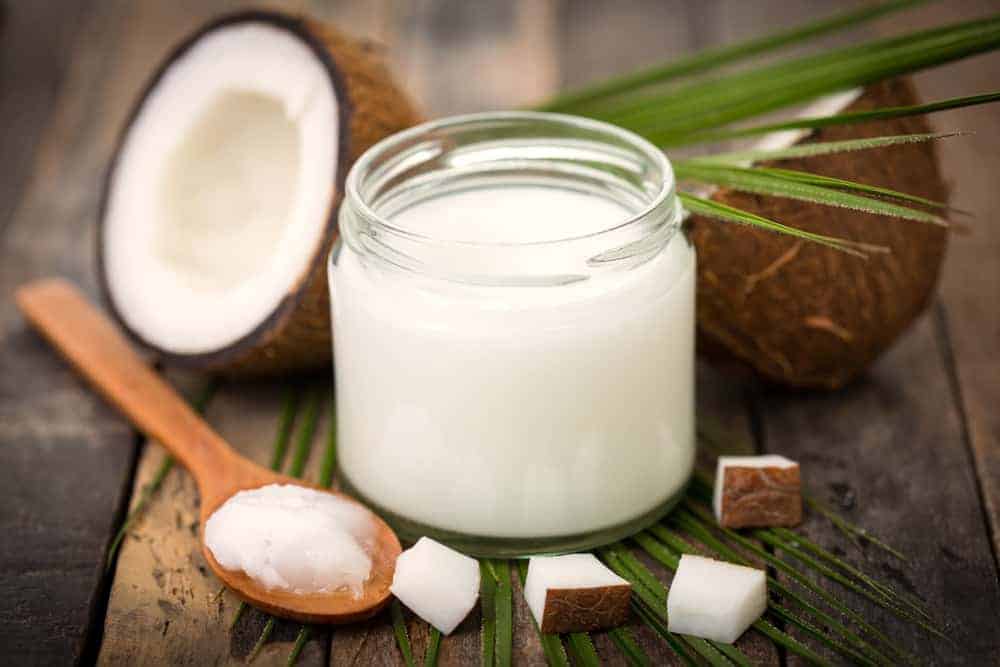Tired of Beans? These 15 Fiber-Rich Foods Are Better Than You Think
Dietary fiber is essential for a healthy digestive system, steady energy levels, and even heart health. Yet, many people believe beans are the only answer when it comes to boosting fiber intake. Good news: there’s a world of fiber-rich foods beyond beans! Switching up your fiber sources not only keeps your meals interesting but also delivers a wider variety of nutrients. In this article, discover 15 surprising foods that pack more fiber than you might expect—plus tips on adding them to your diet for optimal health.
1. Avocados
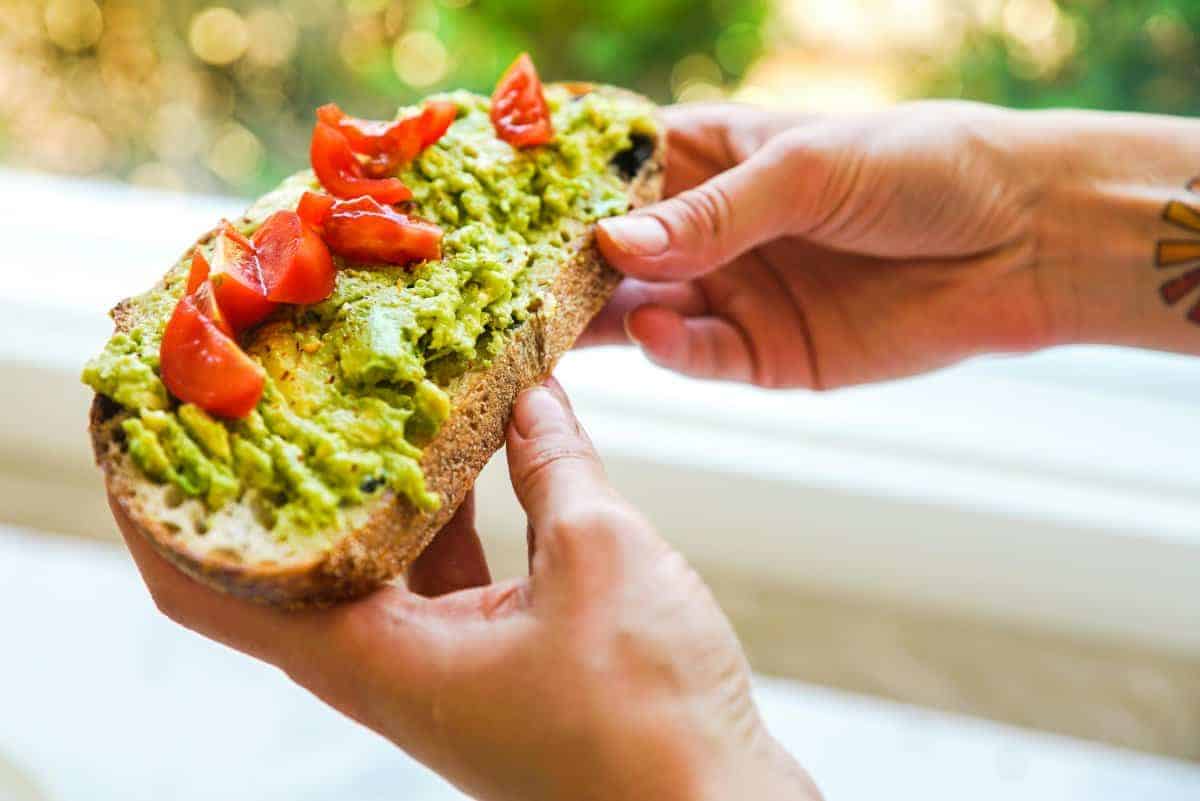
Avocados aren’t just delicious—they’re a fiber powerhouse, offering nearly as much fiber per serving as many beans. Their creamy texture makes them an easy addition to your diet, whether smashed on toast, tossed into salads, or blended into smoothies. What truly sets avocados apart is their combination of fiber and heart-healthy fats, which help keep you satisfied and support overall wellness. Enjoying avocados regularly is a tasty way to add variety—and nutrients—to your fiber-rich meals.
2. Raspberries
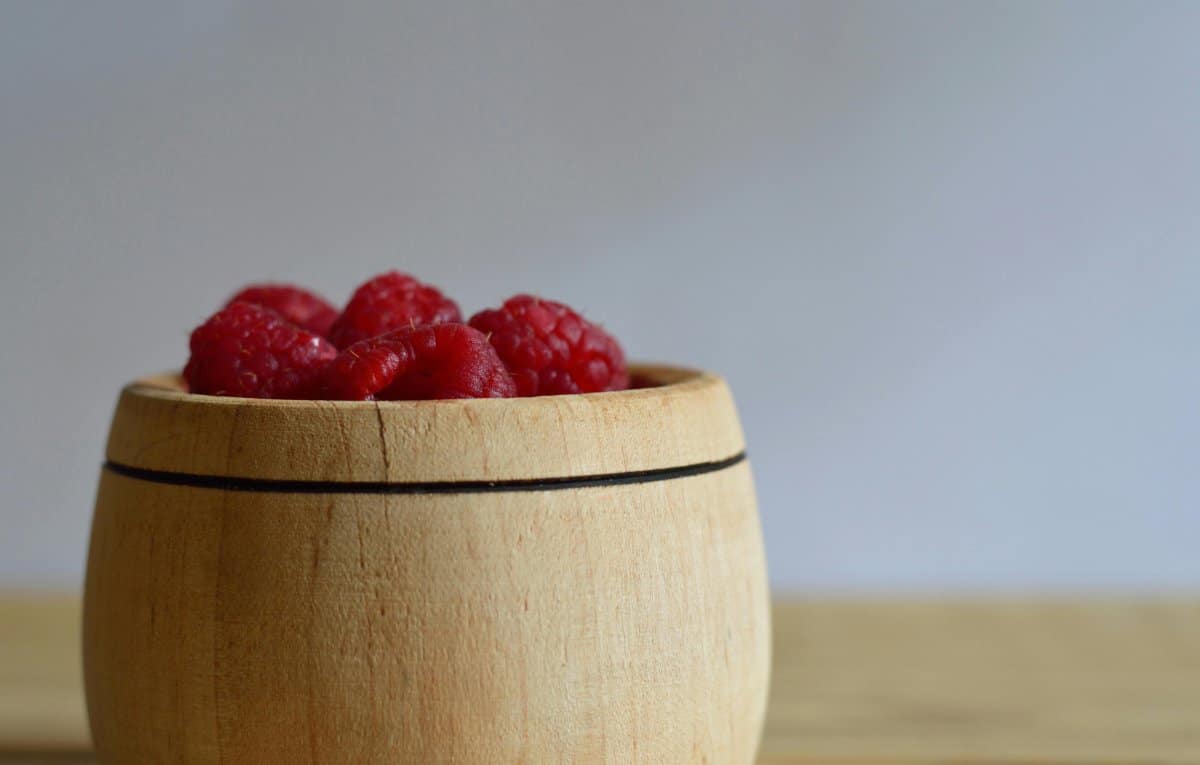
Raspberries are a fiber-rich fruit that often flies under the radar. Just one cup delivers an impressive amount of fiber—outperforming many grains and cereals. Their vibrant, tart flavor makes raspberries a perfect addition to yogurt bowls, oatmeal, or even fresh salads. Enjoy them as a naturally sweet snack or blend them into smoothies for a delicious, fiber-filled treat. Raspberries are proof that boosting your fiber intake can be as simple—and as enjoyable—as reaching for a handful of berries.
3. Chia Seeds
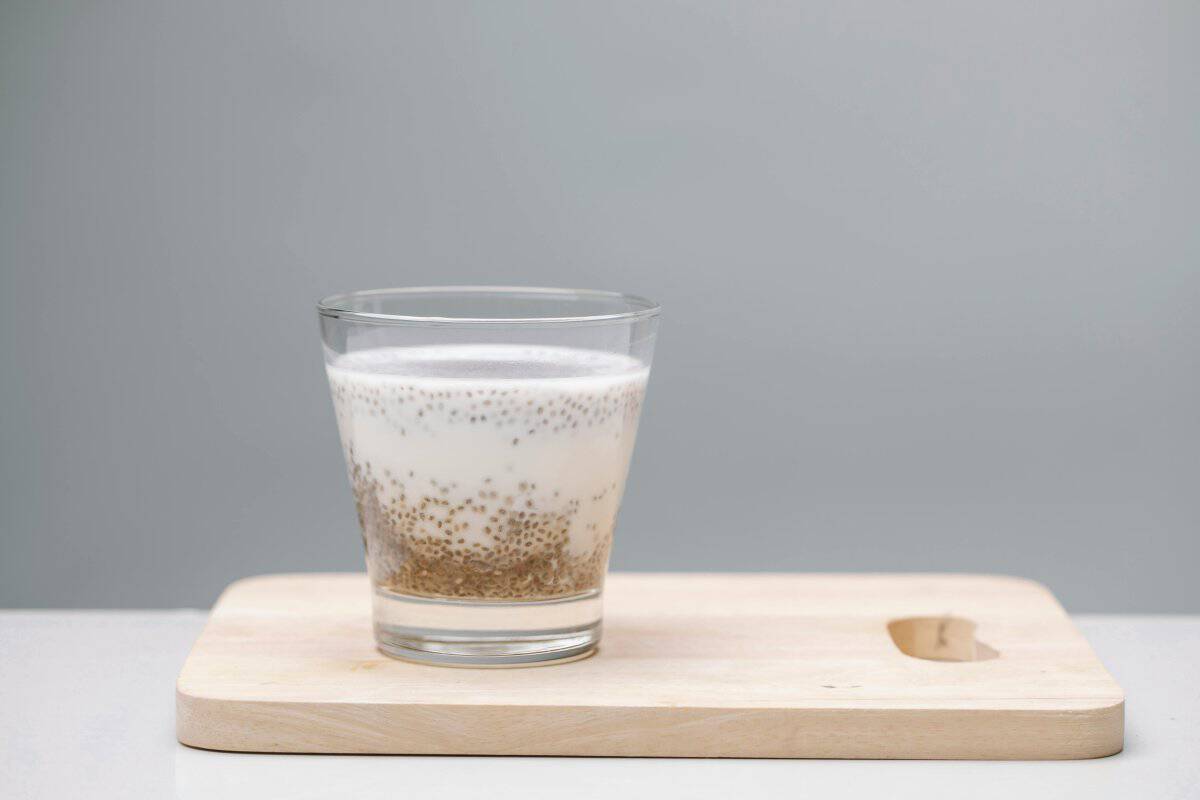
Tiny but mighty, chia seeds are among the most concentrated fiber sources available—beating even flaxseeds in fiber per tablespoon. When soaked, chia seeds form a unique gel-like texture, making them perfect for puddings and overnight oats. Sprinkle them into smoothies or mix into baked goods for an easy fiber boost. Chia seeds add thickness and nutrition without altering flavor, so they’re a versatile option for anyone looking to elevate their daily fiber intake.
4. Pears
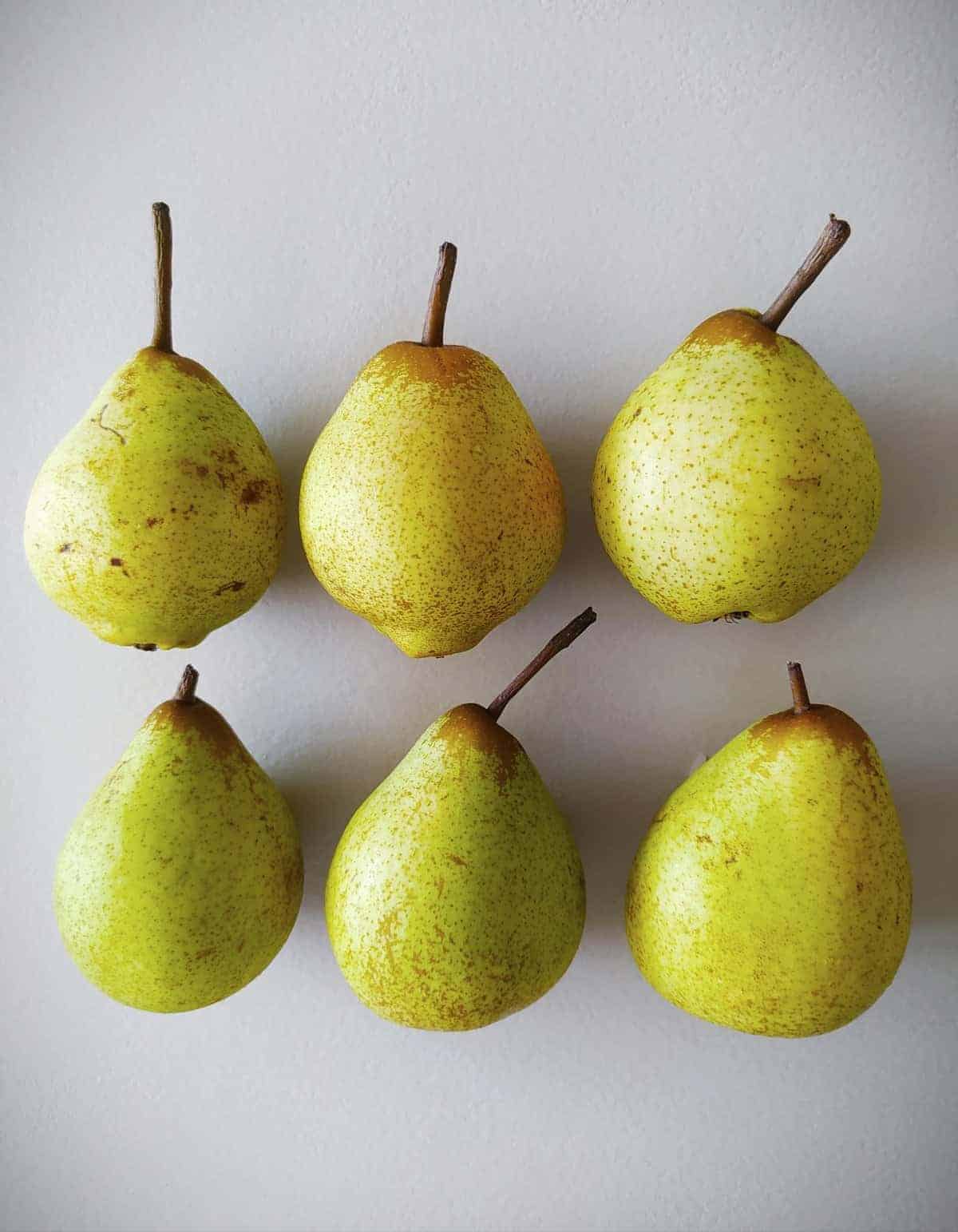
Pears are a juicy, fiber-packed fruit that shine when enjoyed with their skin on, where most of the fiber resides. Their mild sweetness and tender texture make them a favorite for snacking, but they’re equally delicious when sliced into salads or paired with cheese. Pears are a gentle way to add fiber to your diet, especially for those who prefer subtle flavors. Enjoying pears regularly is a simple—and refreshing—strategy to help you meet your daily fiber goals.
5. Artichokes
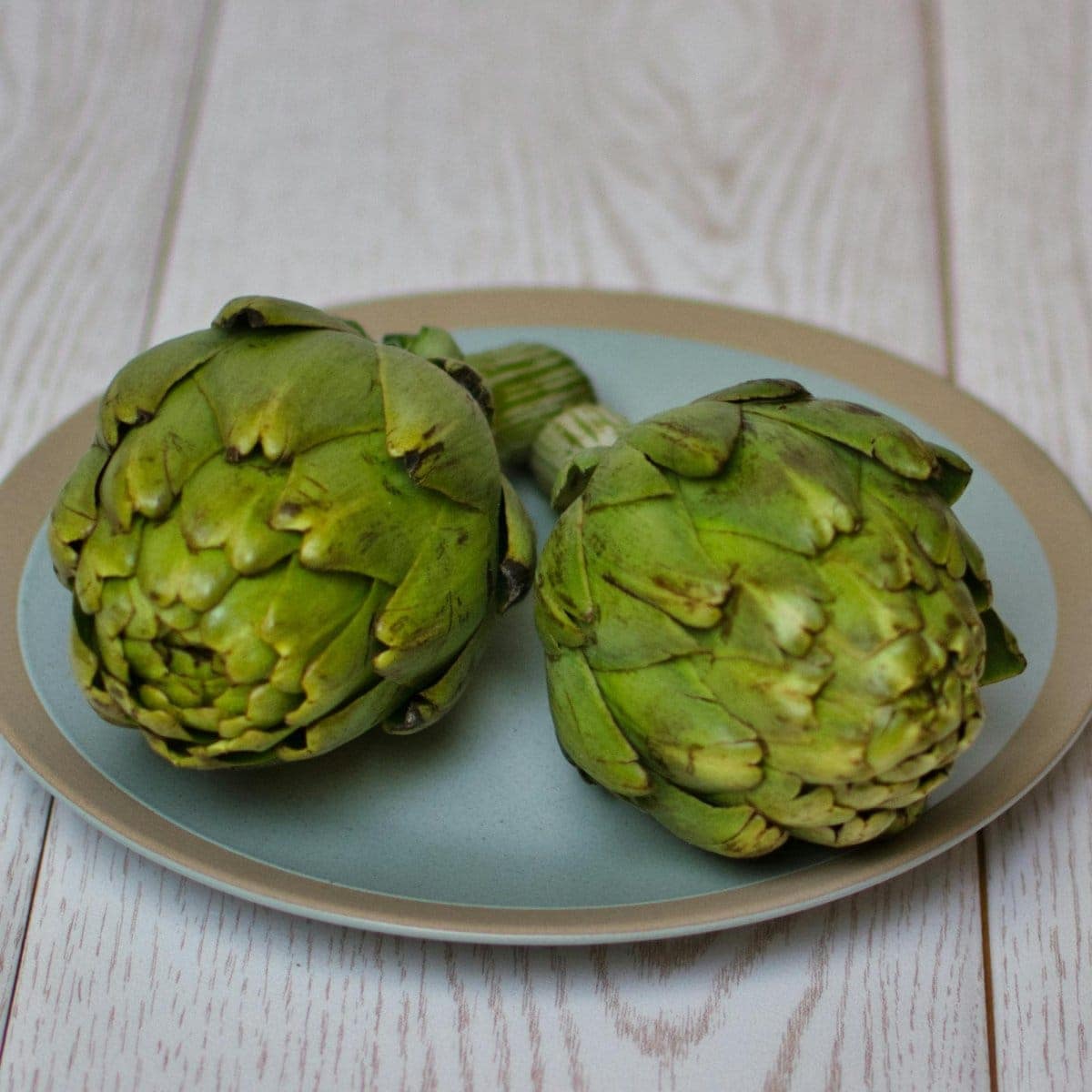
Artichokes are an unsung hero when it comes to fiber, boasting one of the highest fiber counts among vegetables. Their unique, tender leaves and savory heart are a treat when steamed and dipped or incorporated into creamy spreads and dips. Compared to many common veggies, artichokes deliver exceptional fiber per serving, making them a smart choice for those looking to increase their intake. Add artichokes to salads, pasta, or enjoy them on their own for a delicious and satisfying fiber boost.
6. Split Peas
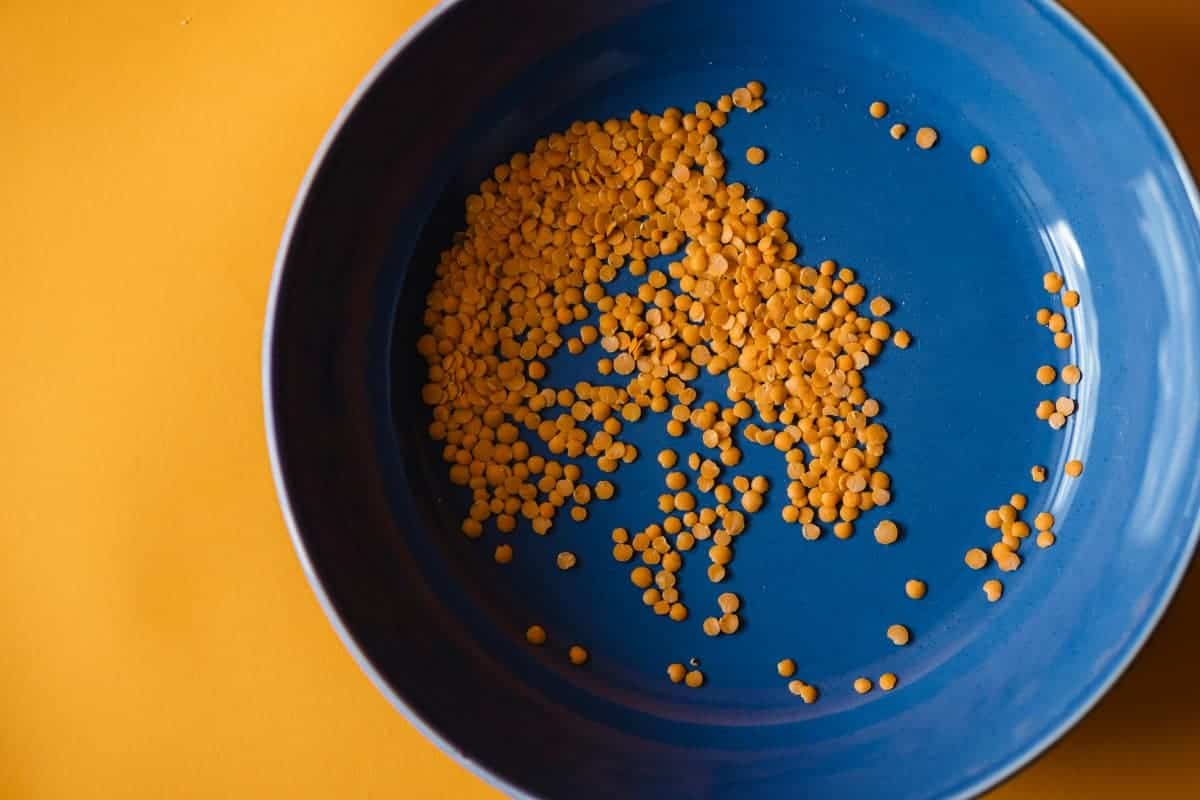
Split peas are often overshadowed by lentils, but they’re a fiber superstar in their own right. With even more fiber per serving than lentils, split peas make a hearty addition to your diet. While classic split pea soup is a go-to, these legumes are surprisingly versatile. Try them in curries, stews, or even as a base for veggie patties. Split peas deliver a rich, earthy flavor along with their impressive fiber content, making them a valuable staple in any kitchen.
7. Sweet Potatoes
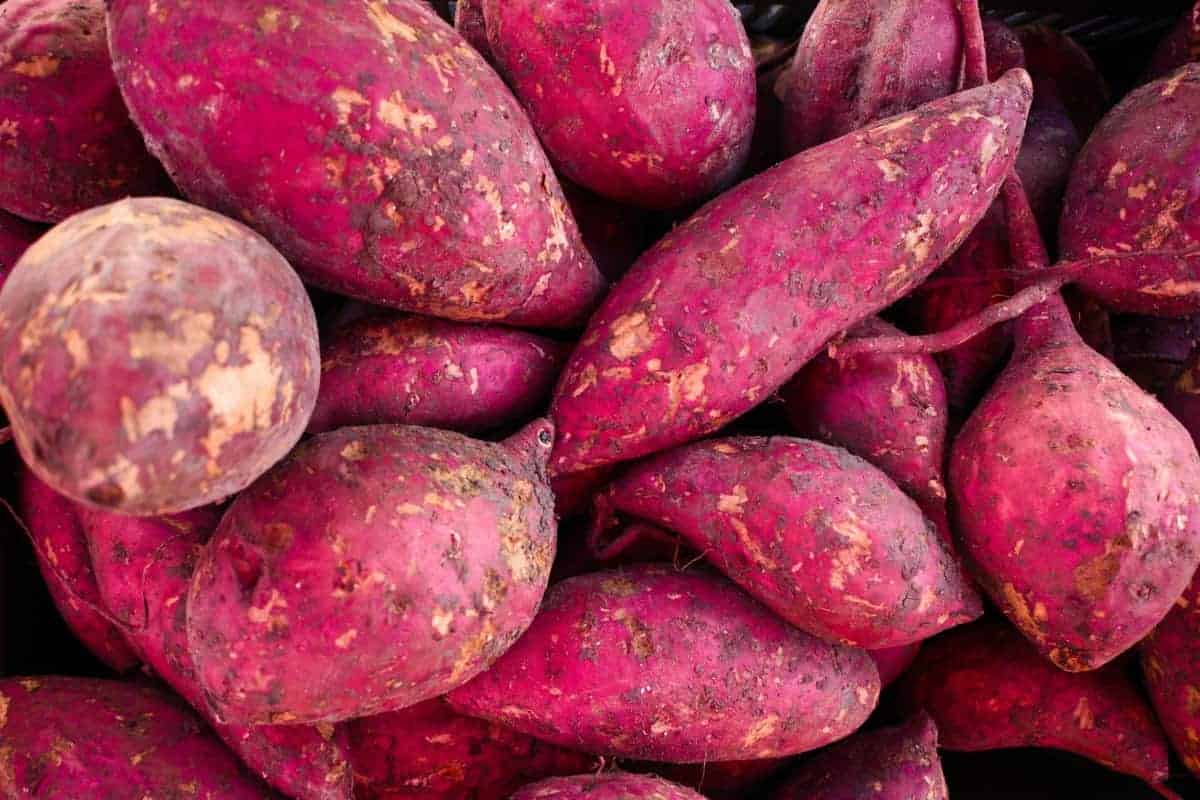
Sweet potatoes are a fiber-rich root vegetable with a naturally sweet flavor that sets them apart from white potatoes. Not only do they offer more fiber than regular potatoes, but their vibrant orange flesh is also packed with nutrients. Sweet potatoes shine in both savory and sweet recipes—think roasted wedges, comforting casseroles, or even baked into pies and muffins. Their satisfying texture and taste make them a delicious way to increase your fiber while enjoying a touch of natural sweetness.
8. Brussels Sprouts
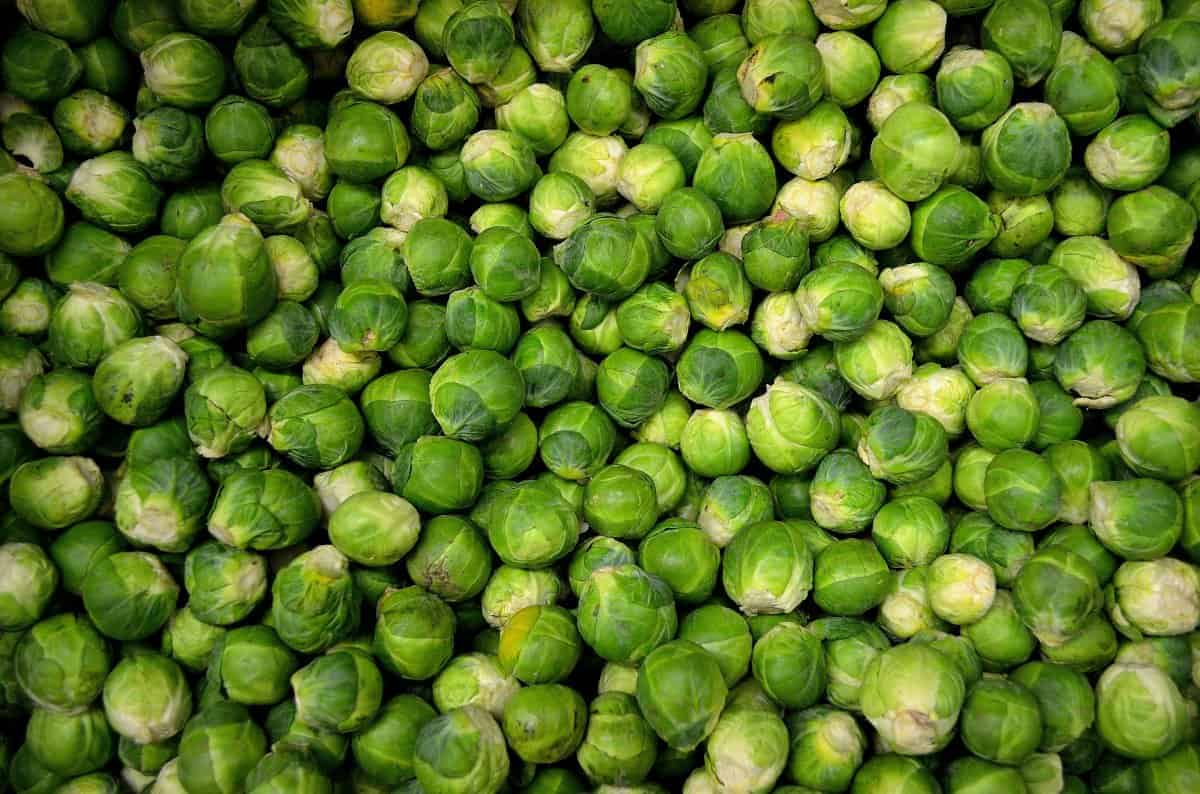
Brussels sprouts are a fiber-loaded cruciferous vegetable, rivaling broccoli in both nutrition and versatility. When roasted, their outer leaves caramelize, creating a rich, nutty flavor that even skeptics enjoy. Beyond their impressive fiber content, Brussels sprouts contain compounds that support overall health. Serve them roasted, sautéed, or shaved raw into salads for a tasty fiber boost. If you’re looking to add more crunch and flavor to your meals, Brussels sprouts are a winning choice.
9. Oats
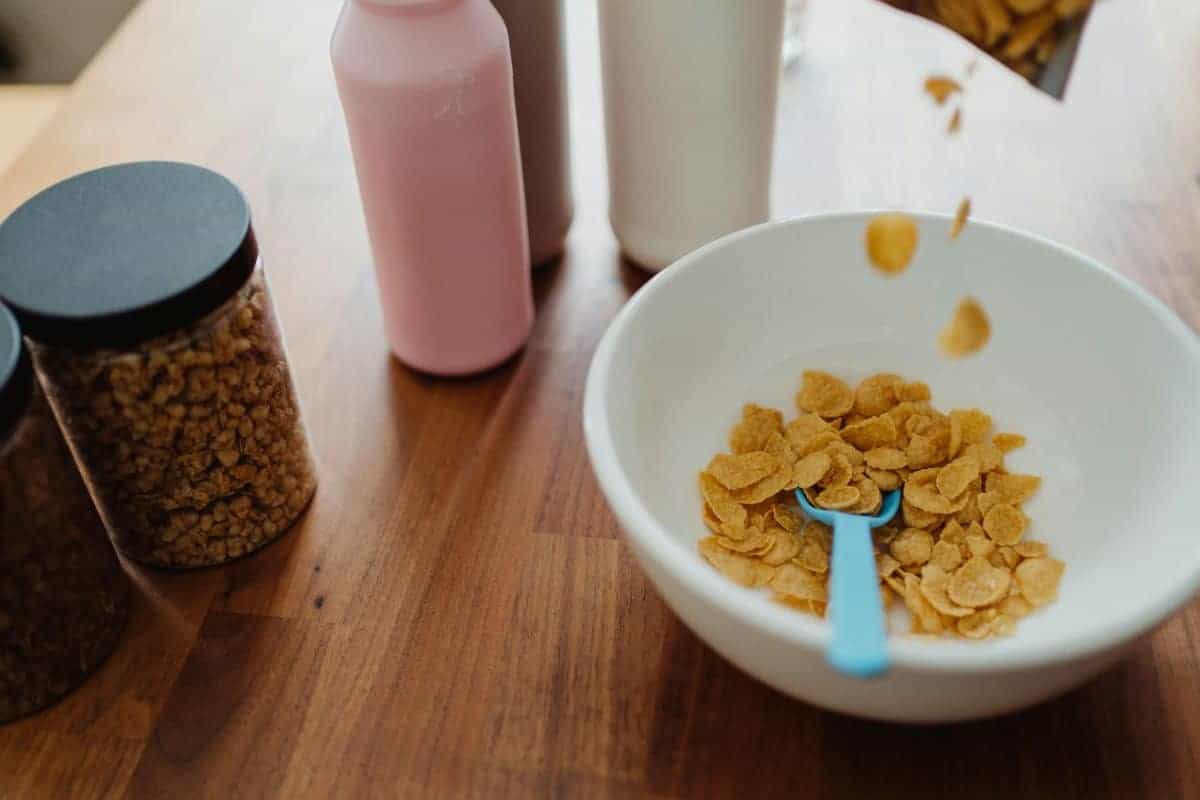
Oats are a classic breakfast grain celebrated for their high content of both soluble and insoluble fiber. This unique combination helps support heart health and keeps you feeling fuller for longer. More versatile than you might think, oats work beautifully in overnight oats, smoothies, baked goods, or even savory dishes. Compared to many other grains, oats stand out for their fiber density and gentle impact on digestion. Make them a pantry staple for an easy, daily fiber boost.
10. Popcorn
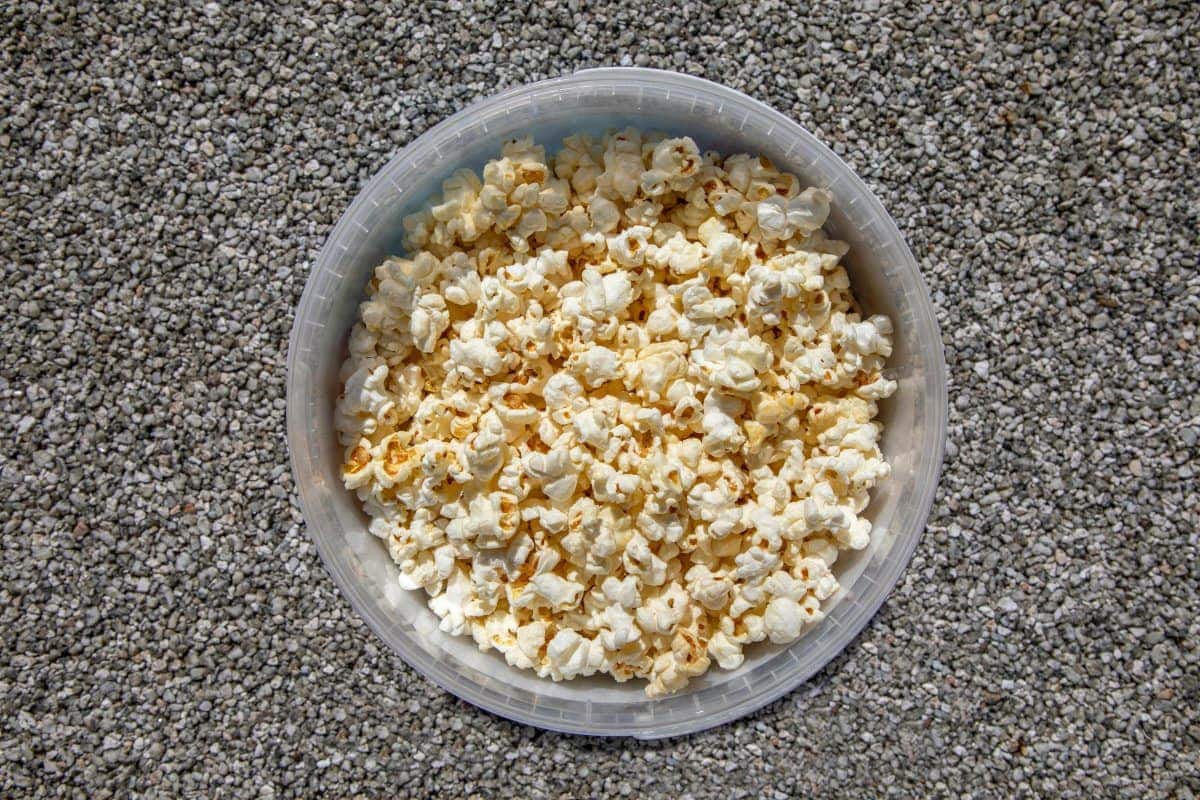
Air-popped popcorn is a surprisingly fiber-rich whole grain that makes snacking both enjoyable and nutritious. With more fiber per serving than many chips or crackers, popcorn is a smart swap for your next movie night. Its low-calorie profile means you can enjoy a generous portion without guilt, and it’s easy to customize with your favorite seasonings. Popcorn proves that boosting fiber doesn’t have to be bland—sometimes, it’s as simple as grabbing a bowl and pressing play.
11. Almonds

Almonds are a fiber and protein powerhouse, making them one of the smartest nuts to keep on hand for healthy snacking. Compared to other nuts, almonds provide a higher fiber content per serving, helping you stay full and energized. They’re portable and versatile—toss a handful into your bag, sprinkle them on salads, or bake them into muffins and granola bars. With their nutty crunch and impressive nutrition, almonds are an easy—and delicious—way to add more fiber to your day.
12. Broccoli
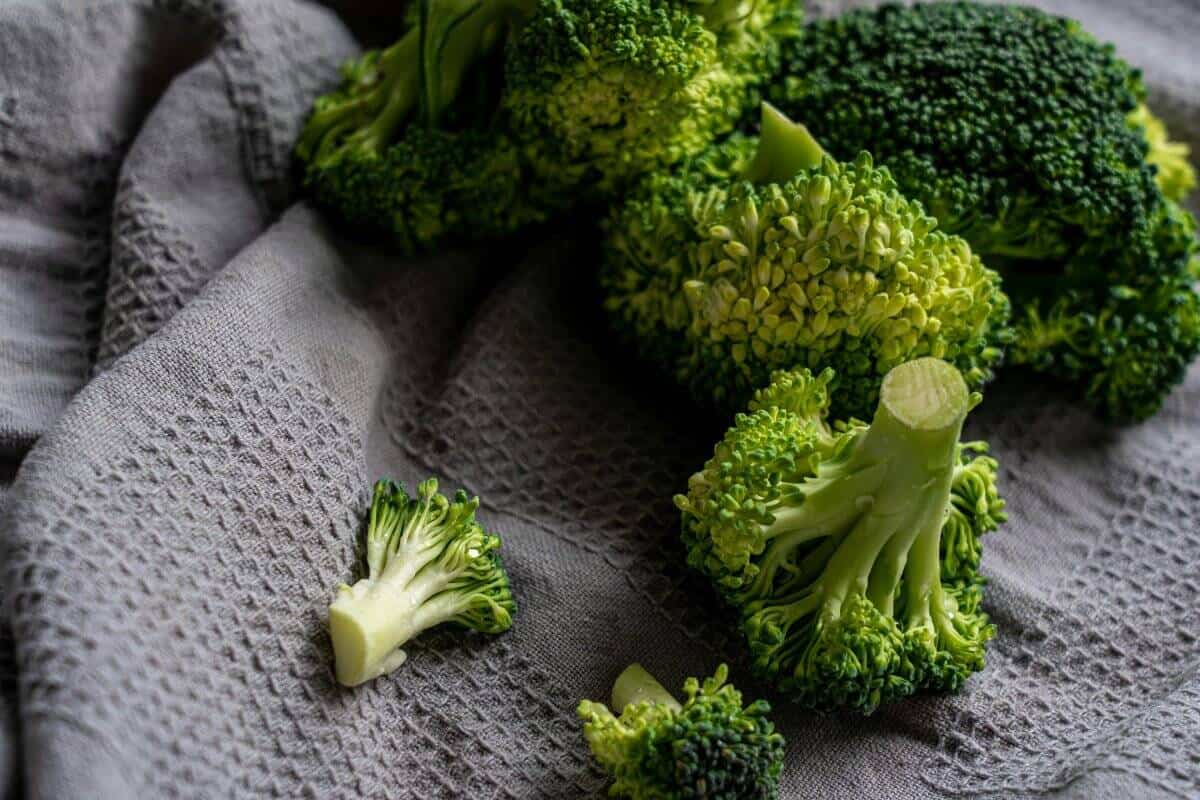
Broccoli is a fiber-rich vegetable that also delivers a healthy dose of vitamins C and K, making it a true nutrition standout. Its crunchy texture and mild flavor mean it works well raw in salads, lightly steamed, or even roasted for added depth. Compared to cauliflower, broccoli contains slightly more fiber per serving, making it a great option for those focusing on digestive health. Add it to stir-fries, casseroles, or enjoy as a simple side for an easy fiber upgrade.
13. Flaxseeds
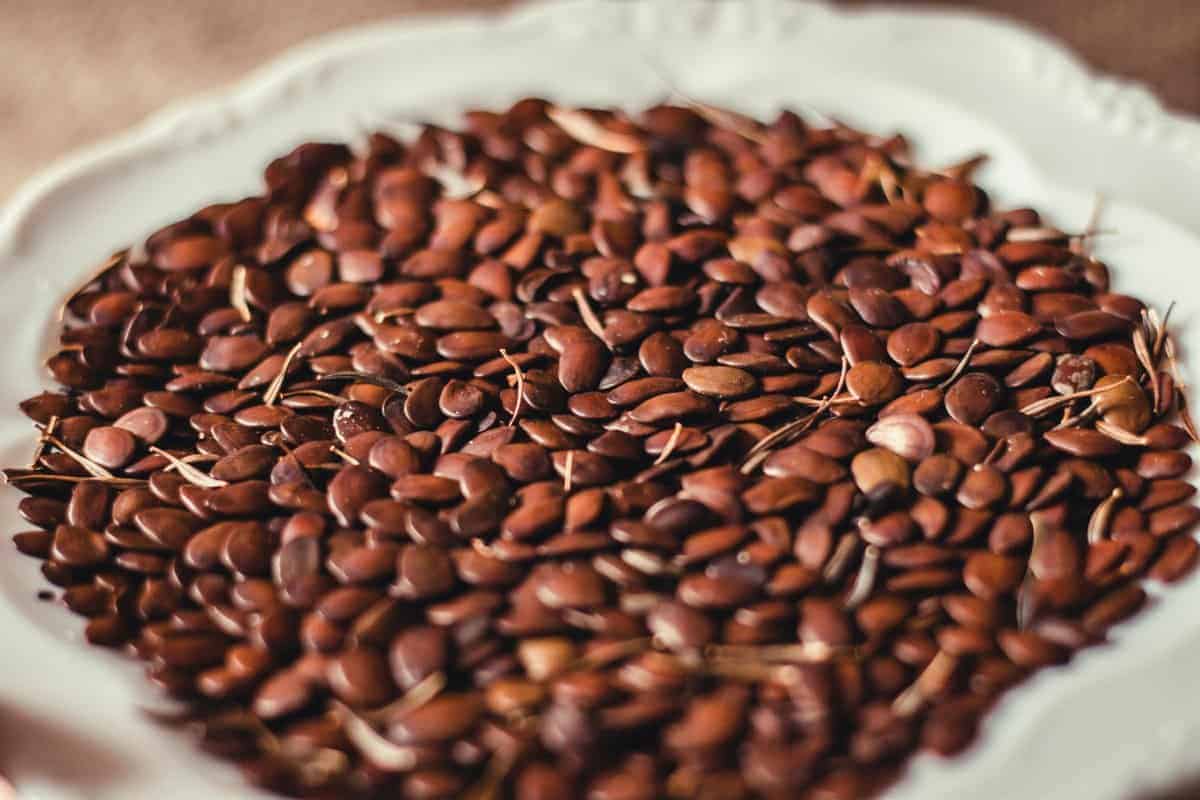
Flaxseeds are tiny seeds packed with fiber and plant-based omega-3 fatty acids, making them a nutritional powerhouse. While their fiber content is slightly lower than chia seeds, they offer a unique nutty flavor and a wealth of health benefits. Ground flaxseeds are especially versatile—sprinkle them into smoothies, stir them into oatmeal, or blend them into baked goods for a subtle, healthy boost. Their easy incorporation into a wide range of recipes makes flaxseeds a smart addition to any fiber-focused diet.
14. Apples
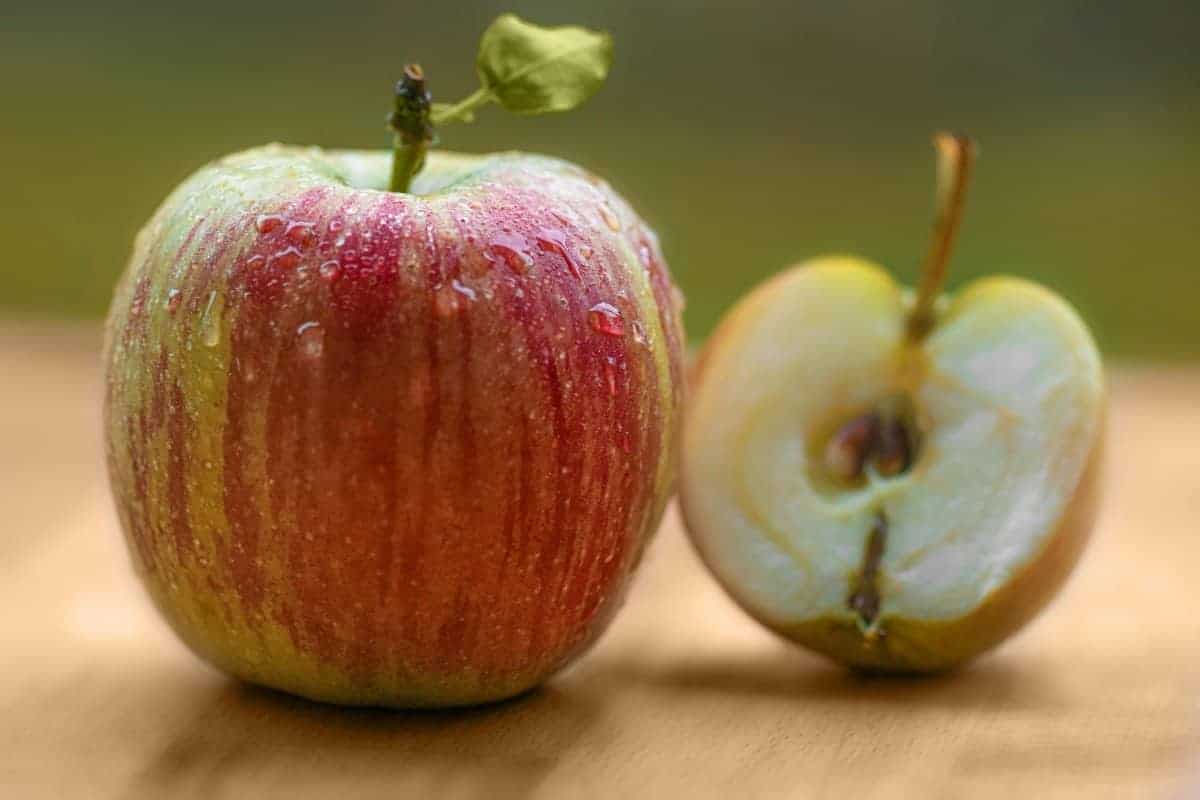
Apples are a classic high-fiber fruit, especially when eaten with the skin left on. Their crisp texture and refreshing taste make them a favorite for snacking or slicing into salads. With countless varieties—from tart Granny Smith to sweet Fuji—there’s an apple for every palate. While comparable to pears in fiber content, apples are often more portable and versatile. Whether enjoyed on their own or paired with nut butter, apples are a convenient and tasty way to boost your daily fiber.
15. Quinoa
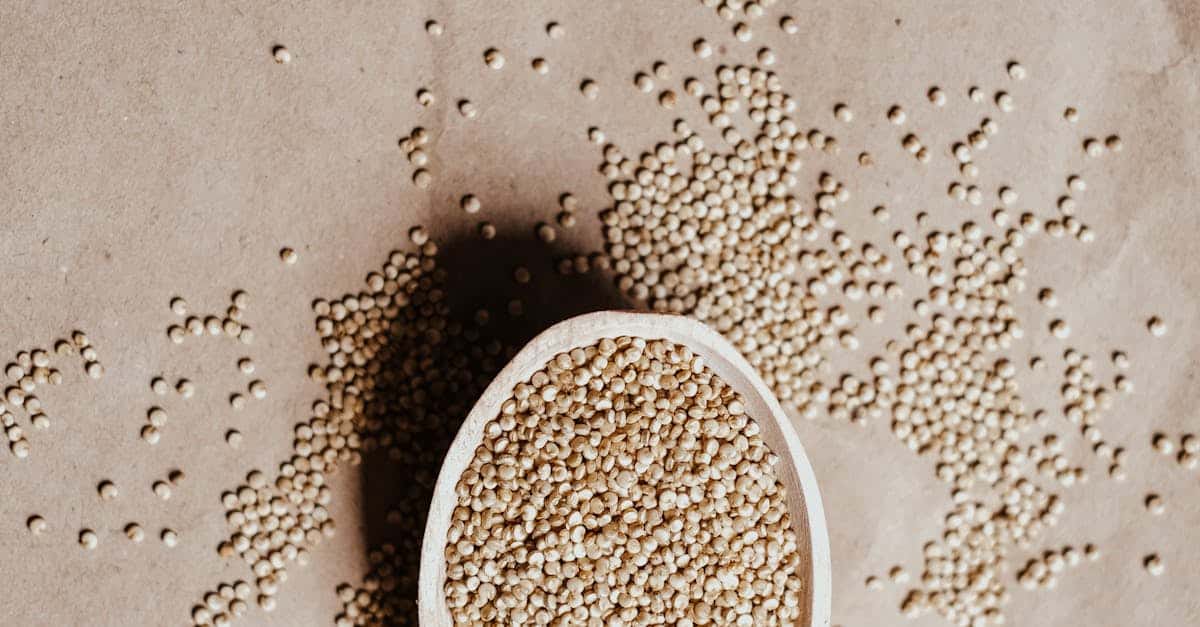
Quinoa is a gluten-free grain that stands out for its impressive fiber content—offering more fiber per serving than many traditional grains like white rice. Its subtle nutty flavor and fluffy texture make it a favorite for grain bowls, salads, and even breakfast porridge. Quinoa is also rich in plant-based protein, making it a complete source of nutrition for vegetarians and vegans. Versatile and easy to prepare, quinoa is an excellent addition to any meal plan focused on maximizing fiber and flavor.
Conclusion
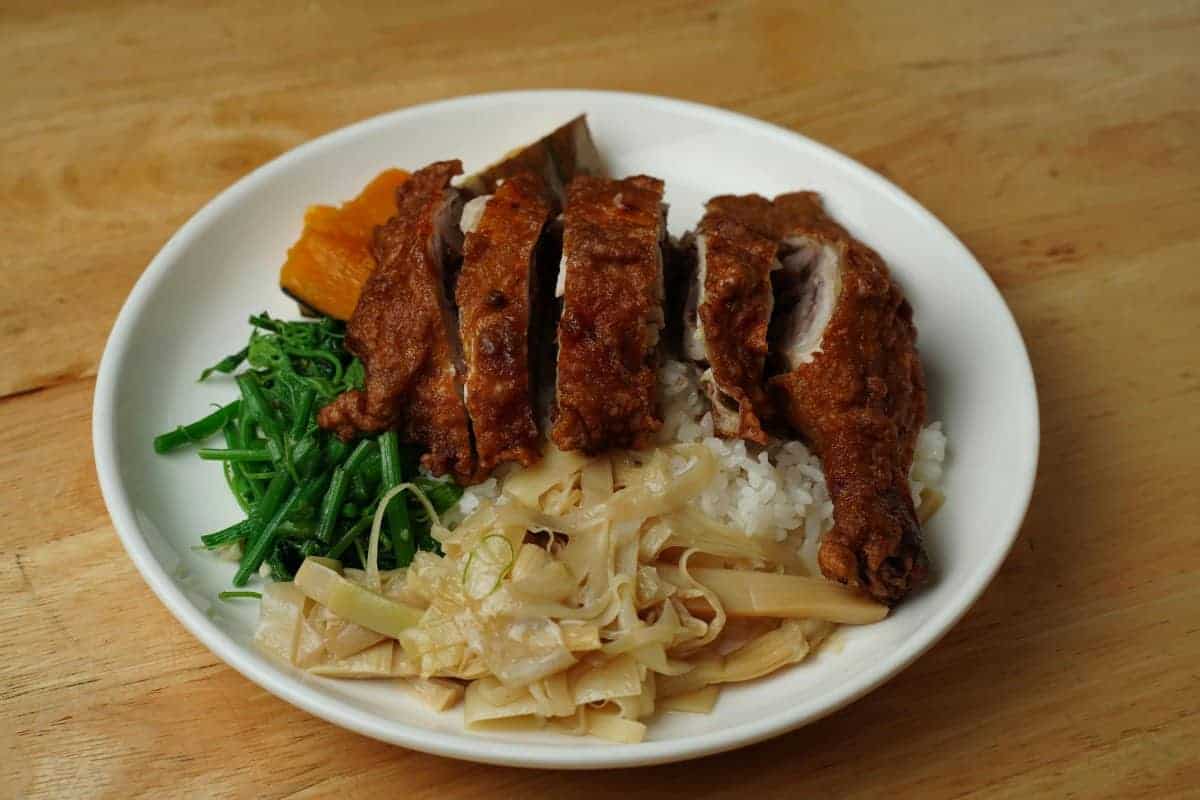
As you can see, fiber-rich foods go far beyond beans. Embracing a wide range of fruits, veggies, grains, seeds, and nuts not only adds excitement to your meals but also supports better digestion and overall well-being. Experiment with these 15 options to keep your diet fresh and your body thriving. Don’t be afraid to try something new each week—your taste buds and gut will thank you!
.article-content-img img { width: 100% }



